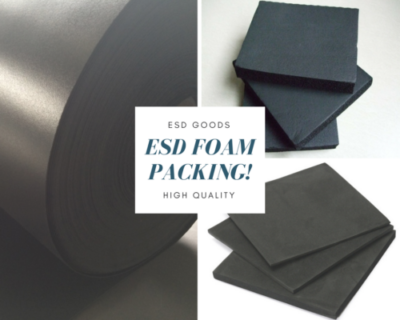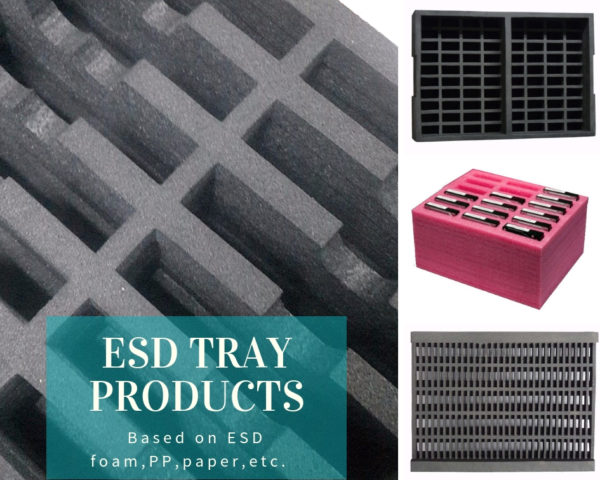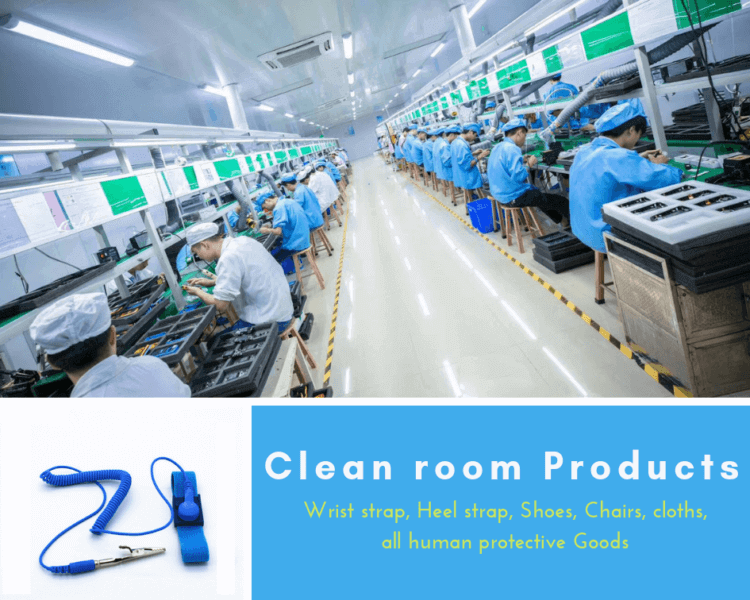ESD Foam, also known as anti static Foam, is a versatile foam material that can be used for ESD protection and packaging of electrostatic-sensitive device that meets a variety of requirements.
ESD foam is classified into different types based on resistance, including antistatic foam, conductive foam, and static dissipative foam. It is offered in the form of foam rolls, anti-static foam sheets, foam blocks, ESD foam inserts, foam padding, plank foam, and various foam shapes to accommodate diverse packaging needs.
The Differences of 4 types ESD foams
| Static foam types | Ordinal ESD Foam Features | Foam Shape | ESD Type | Odor |
| ESD PE Foam | Single Thickness: 0.5-7mm Laminated :100mm Color: Black | Roll / Sheet / Tray | Permanently | No Odor |
| ESD EVA Foam | Single Thickness: 0.5-70mm Laminated :100mm Color: Black/Blue/Red | Sheet / Block/ Tray | Permanently | —– |
| ESD EPE Foam | Single Thickness: 3-50mm Laminated :100mm Color: Black,Pink, Red | Sheet / Tray/ Insert | Around 6 Months | No Odor |
| ESD PU foam | Single Thickness: 3-40mm Laminated :100mm Color: Pink , Black | Sheet/ Block/ Tray | Around 6 Months | ——– |
ESD Foam Features
Below are the 4 types of ESD Anti static foam – PE Foam, EVA Foam, EPE foam, PU foam – along with their features and strengths. For a more detailed comparison between black foam, pink foam, and red foam, please refer to my post on Foam Sheet Packing Material | Pink and black Foam for Packaging.
ESD PE Foam
ESD PE Foam, also called Antistatic polyethylene foam or Anti static IXPE foam, is initially produced in the form of continuous sheet, the product is based on polyethylene material with the addition of foaming agents and conductive agents, etc., through the crosslinking and foaming of permanent antistatic polyethylene foam, can be made into Antistatic foam rolls, foam sheets, foam trays, foam lining, foam tape, foam shock absorbers, etc., its regular color is black, closed-cell structure, no odor, the regular density is 45kg/m3, 67kg/m3, the products can meet a variety of anti-static packaging and protection needs.
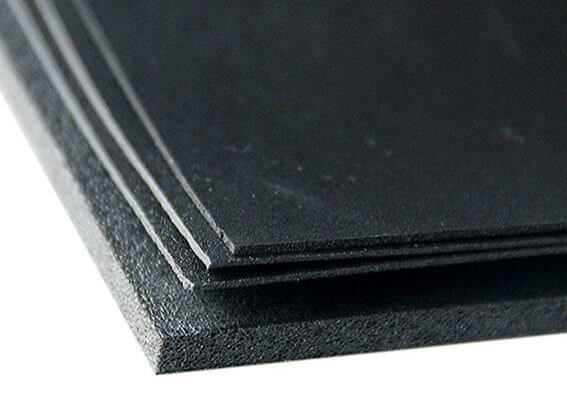
ESD PE Foam Features:
- Color:Black
- Material: PE material
- Size:Customized.
- Color: Black
- Surface resistance:10^3-10^5/10^6-10^9
- Cell structure: closed cell.
- Anti static time: Permanently
ESD PE Foam Advantages
No smell, Eco-friendly.
ESD EVA Foam
ESD EVA Foam, also called Anti-static EVA foam is made of PE and ethylene vinyl acetate and other additives such as foaming agent by fixed molding foam, and the size of EVA foam is fixed.EVA foam is also a permanent anti-static foam, can be made into anti-static foam rolls, foam sheets, foam trays, foam lining, foam tape, foam shock absorbing sheet, etc., anti-static EVA foam is closed cell structure. Compared with PE foaming material, the difference is that EVA foaming material has odor, anti-static EVA foaming material density will be higher than PE foaming material, regular in 85kg/m3, the color of regular products not only black, but also increased blue, red, white, etc., and with the increase of customer demand, the types of regular colors are also slowly increasing.
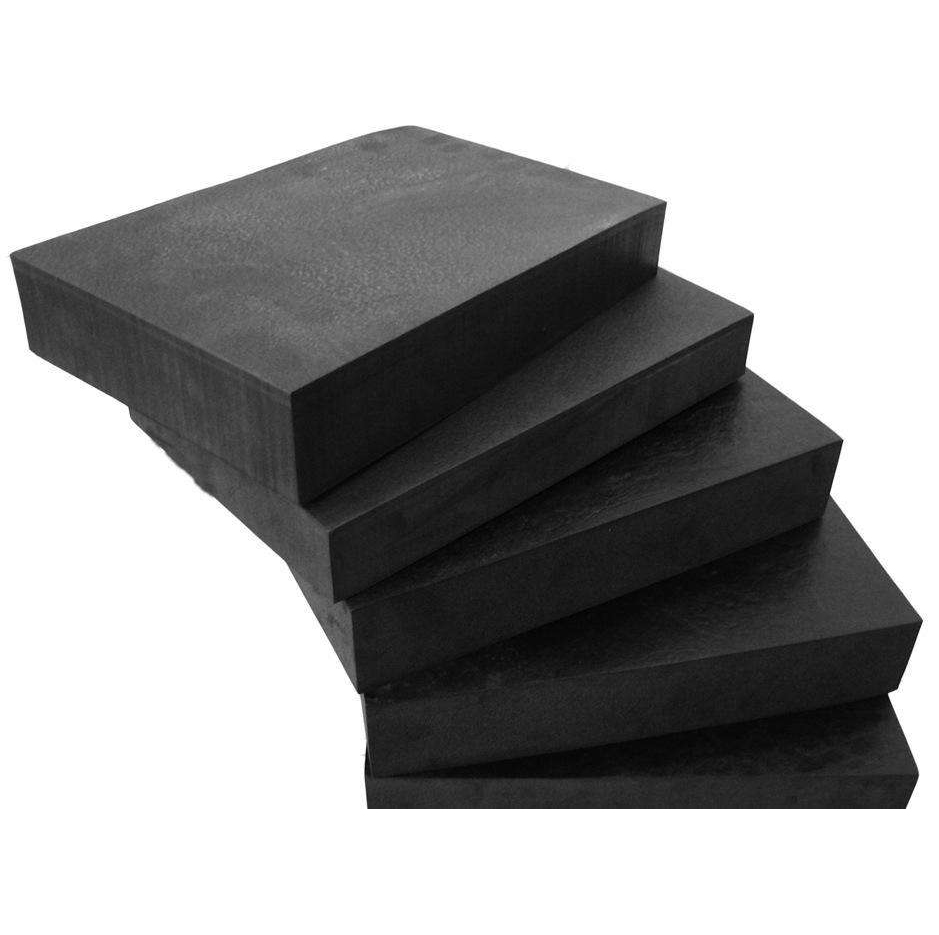
ESD EPE Foam
Anti-static EPE foam is expandable Color polyethylene foam, is a kind of non-cross-linked closed cell foam. It has anti-static properties by adding anti-static liquid, and the regular color is pink and red. The regular size is 80*610*2800mm, the surface antistatic value is 10^8-10^11.
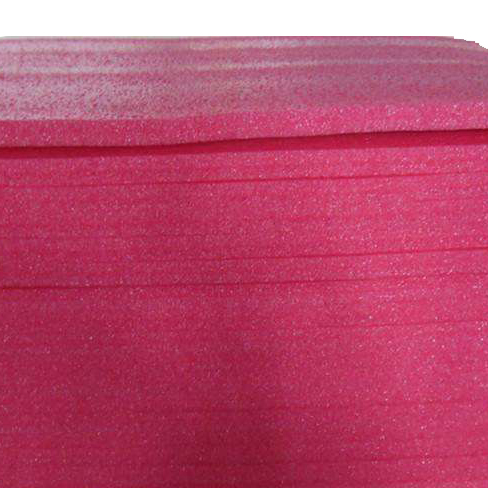
ESD PU Foam
Antistatic polyurethane foam is made from polyurethane (PU), an open-cell foam whose foaming process involves the addition of conductive fillers and subsequent cross-linking. During the foaming process, the conductive fillers in the foam form an internal network that creates an antistatic path. This design controls static leakage.
Antistatic PU foam can be customized in size to meet specific customer requirements, making it suitable for packaging a wide range of general-purpose electronic components. Importantly, the antistatic properties of the foam are not affected by post-processing procedures.
Antistatic PU foam has an open cell structure and conductive padding to control static electricity and ensure the safe handling and transportation of sensitive electronic components.
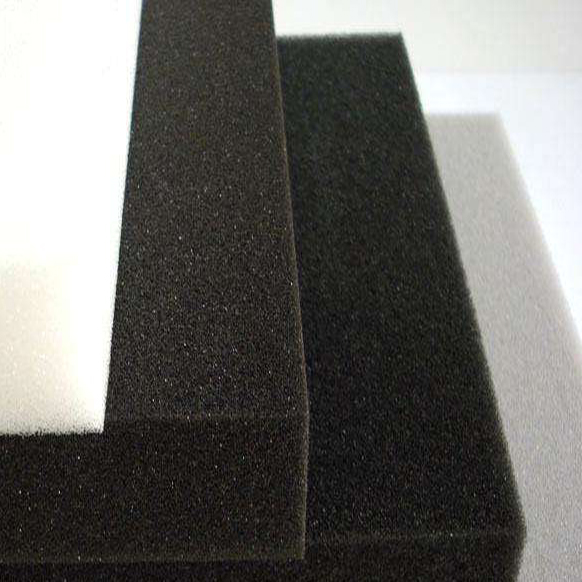
ESD PU Foam Fetures
- Main material: PU foam
- Size:customized
- Surface resistance:10^3-10^5/10^6-10^9
- Color: Black / Pink
- Cell structure: open cell.
- Anti static time: short time around 6 month.
ESD PU Foam Advantages
Soft and sound absorption with open cell structure.
For more antistatic foam catalogue, please check the catalogue download.
What’s the Difference of Anti Static EPE Foam and Anti Static PE Foam?
What is the Similarity and Difference Between ESD Anti Static EVA Foam and ESD PE Foam?
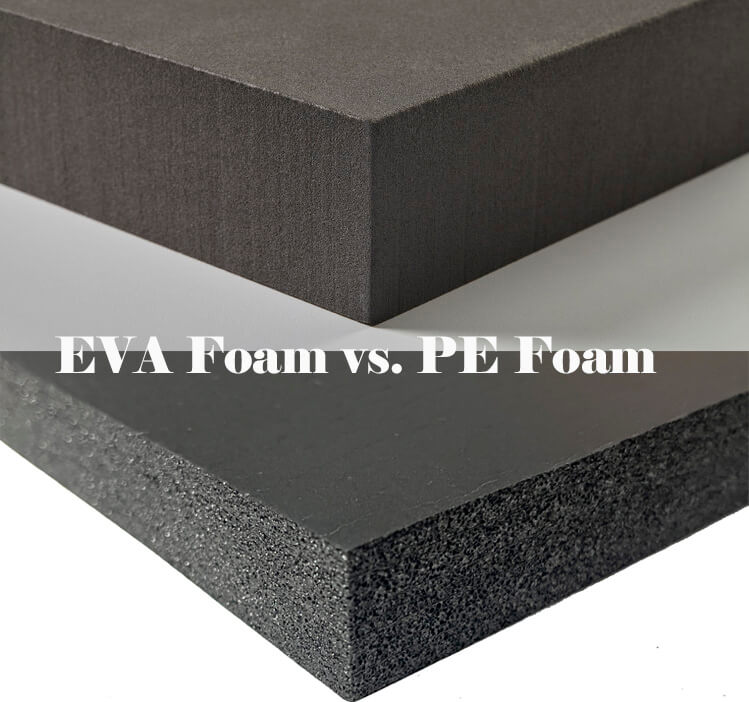
Differences
- Raw materials: Anti Static PE foam made of PE, and antistatic EVA foam made of PE and ethylene vinyl acetate and other additives. Anti static PE foamdoes not produce formamide in the production process, compared with EVA foaming material, PE foaming material has no odor is safer and more environmentally friendly.
- Production methods: ESD anti static PE foam production is continuous sheet foam, while antistatic EVA foam material is foamed in a fixed size mold.
- Foam density: Regular density of Anti-static EVA foam is 85kg/m3, while the Regular density of ESD PE foam in 45kg/m3. Anti static EVA hardness is higher than PE foam, better molding.
- Foam color: Regular color of ESD PE foam is black, Regular color of ESD anti static EVA foam is black, blue, red and so on.
Similarities
- Both are closed-cell structure of the permanent anti-static foam
- Both Can be made into anti-static foam rolls, sheets, trays, liners, foam tape and so on.
- Both applied in anti-static protection
Which Types of ESD Anti Static Foam Are Mostly Seen?
As ESD foams become more commonplace in electronics packaging, it is also important to note which types of ESD foams are the most common. Keeping up with these trends will help you make decisions when deciding which type of ESD foam to offer your company to keep your electronics safe.
In recent years, the demand for electronic packaging has grown as the number of electronic products continues to increase, with the most basic need being for it to be used as a way to keep electronic components safe, followed by the need for it to be reusable and permanently antistatic.
In the past decade, pink antistatic foam has been the main choice of engineers, but there is a drawback is that most of the antistatic performance of pink antistatic foam is only half a year, so now more and more people are beginning to choose safe and permanent antistatic foam. Overall, safe and permanent anti-static EVA foam and anti static PE foam seems to be in the next few years will lead the sales trend, while the color of the permanent anti-static EVA foam will become the focus of customer attention.
Which Type of Anti Static Foam is Best?
The truth is that there is no one type of anti-static foam that is “perfect” or “best”, at least in terms of style. There are always some brands and materials that are superior to others when it comes to the brands and materials available. But today, we’re going to focus specifically on the styles of anti-static foam and which styles are preferred by consumers.
So instead of looking for the best type of anti-static foam, let’s see which anti-static foam is best for which type of consumer.
ESDGoods offers a wide range of products to fit the electronic protecting of your growing electronic business – and we’re prepared to scale with you as you grow. If you’re having a hard time deciding which anti-static foam style you want to offer to your customers, our experienced teams are ready to help you find – or solution – the perfect anti-static foam to set your product brand apart.
Custom Anti Static Foam Tray Available!
We can make custom sizes of ESD foam to meet your exact needs if you do not see the right sizing for your needs. Please Contact Us for further details on custom cutting services.
Why Choose ESDGoods as your ESD Foam Supplier?
ESDGoods specializes in providing customized anti-static foam to meet the specific requirements of our customers. We offer a wide range of anti-static foam products with various sizes to choose from.
Our products are manufactured in accordance with IEC61340-5-1 and ANSI/ESD -20.20 standards, under strict ISO 9001, SGS and RoHS compliance. In addition, ESDGoods offers high quality, short lead time ESD solutions upon request.




